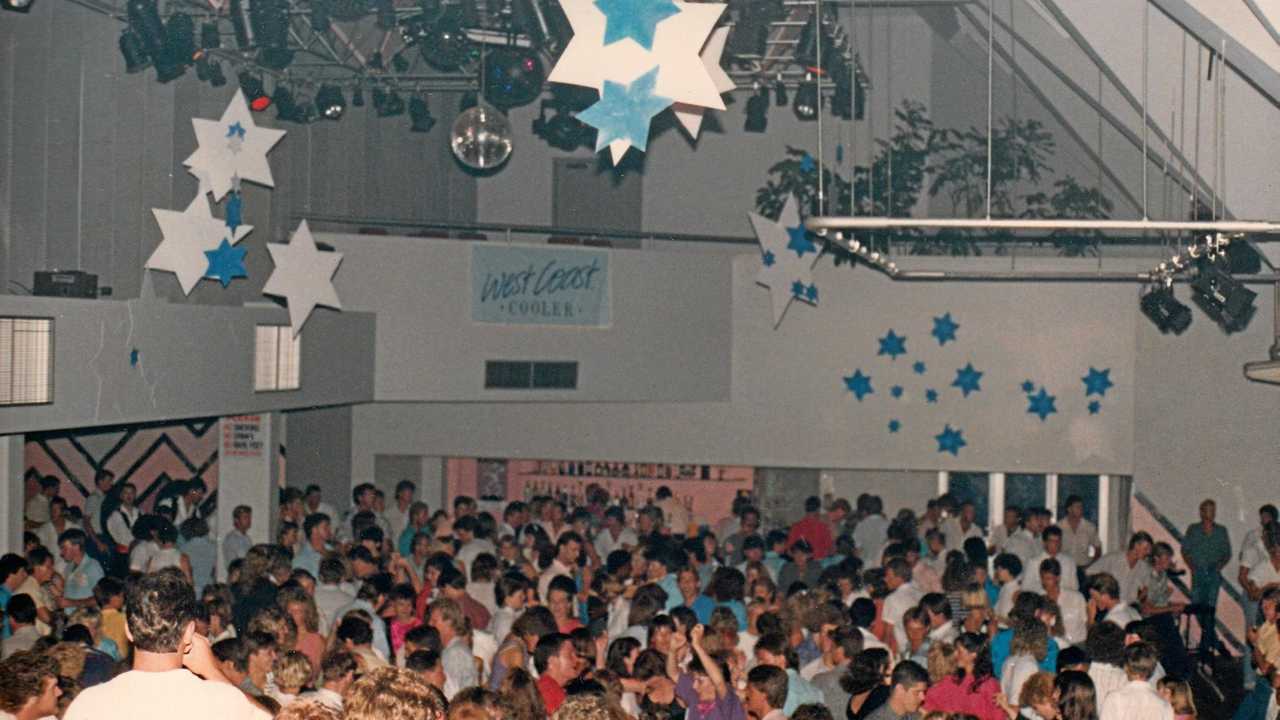The Noosa sand mass is similar to the great dune formations that constitute the Cooloola sand mass and off-shore islands including Moreton, Stradbroke and Fraser. Noosa is underlain by rock, which caused the retarding and settlement of coastal sand drift. The Noosa sand mass is partially separated from the mainland by Tin Can Bay, Noosa River and Lake Cootharaba. It is thought that the name was derived from an Aboriginal word describing shade, shadow or ghost. The Kabi tribe inhabited the region between Redcliffe in the south, the Noosa River mouth and Cooroy and Nambour to the south-west.
 |
| Image Courtesy of Stay In Noosa |
Fishing and swimming were excellent at Noosaville and Noosa Heads, and access was by boat from Tewantin, reached by car from the Cooroy railway station. The first Life Saving Club was established at Noosa in a tent in 1927. In 1929 a real estate developer, T.M. Burke, built bridges across Doonella Lake and Weyba Creek: holidaying motorists queued up to cross them. In return for building the bridges, T.M. Burke received 470 acres of land from the shire, but land sales languished.
In 1959 the T.M. Burke firm joined with the State Government in building the David Low coastal road which opened up Noosa Heads for visitors and tourists. (Burke's also developed the adjoining coastal suburbs of Sunshine Beach and Peregian Beach, again on land acquired in return for road building.)
Intermittent cyclonic conditions have changed the size of the beach, and beach erosion in 1967 prompted the placement of rock fill to protect beachfront properties. Wave turbulence coming back off the rocks further eroded the beach and natural sand replacement did not cover the rocks. Sand pumping was needed. Developers then looked inland, and in the 1970s Burke's proposed to re-engineer Hays Island as a canal estate. Residents of Tewantin and Noosa Heads were sensitive to loss of vegetation, erosion of the landscape and the prospect of high-rise buildings as they did not want Noosa to become another Gold Coast. The Noosa Parks Association (1962) succeeded after 30 years of agitation in having several parks and reserves permanently kept aside. Noosa Spit, the southern 'Noosa Head', missed being developed after a bitter debate. A second canal estate, west of Hays Island and in Noosaville, was proposed by Burke's in 1973. It had to be modified to a non-navigable lake system with an outlet weir, and was completed in the late 1980s.
 |
| Image Courtesy Of Visit Noosa |
Hastings Street's urban design testifies to stubborn local resistance to over-ambitious developers. Purists may quibble, but in terms of resorts there is some truth in the tourist blurbs that Noosa 'combines a village and cosmopolitan atmosphere ... managing to maintain natural beauty, while growing as a tourist centre'. Restaurants of international standard and luxury apartments are within walking distance of both Noosa Spit and the 477 ha Noosa / Lake Weyba National Park (created 1930, expanded 1949). Lugana Lookout on the edge of the park offers an unexcelled view over Noosa inlet. Laguna House in Hastings Street was replaced by units and shops and finally by Sebel apartments (1999). Dining and self-contained, low-rise apartments expanded into Gympie Terrace, the esplanade beside the river in Noosaville.
Noosa Heads is tourist oriented and Noosaville houses much of the local workforce in conventional residential estates. However, it also includes the luxury Noosa Sound (1973) and Noosa Waters (1991) on the former Hays Island. Both have residential and resort accommodation. Noosaville has the Noosa private hospital (1999), the Good Shepherd Lutheran College (1986) and St Teresa's Catholic College (2004). The State primary school on Noosaville's western boundary was opened in 1996, sharing its catchment with Tewantin. Luxury shopping is in Hastings Street, and the Noosa Fair drive-in shopping is at Noosa Junction (1987), criticised at the time of its opening as a prime example of inappropriate design. In 2006 Noosa Civic Shopping Centre, three times as big as Noosa Fair, was opened in the south of Noosaville, adjoining an industrial area.
Information directly from Queensland Towns.
